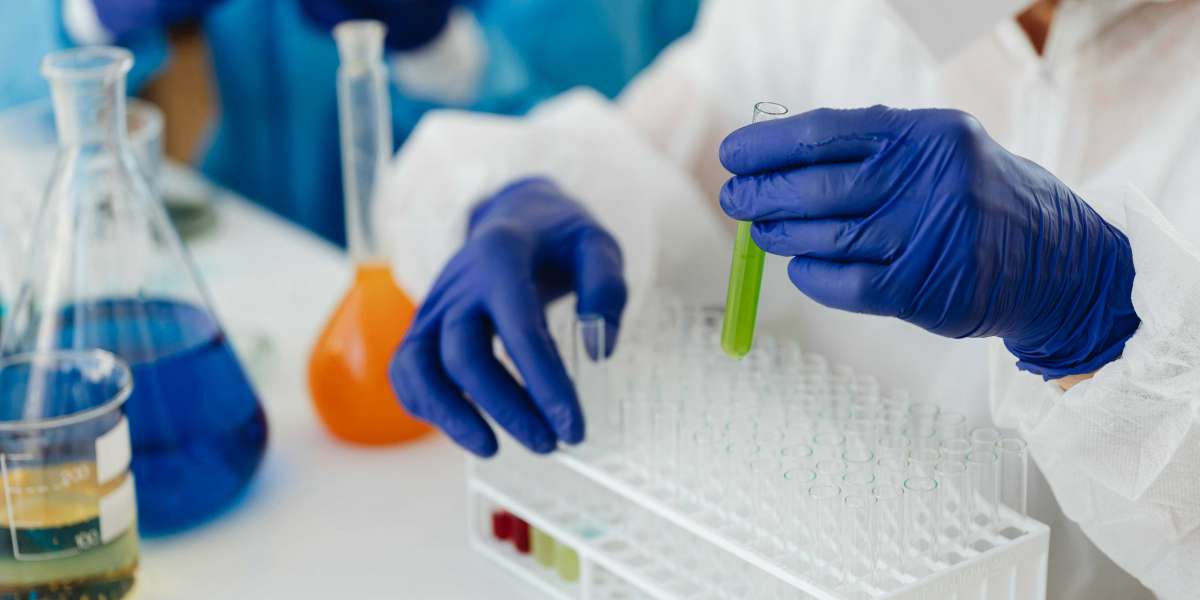In the pharmaceutical industry, packaging plays a crucial role beyond just containing medications. It serves as a barrier against external elements, ensures proper dosage, provides information to patients, and maintains the integrity of the product throughout its lifecycle. With advancements in technology and growing concerns about safety and sustainability, pharmaceutical packaging solutions have evolved significantly in recent years. Let’s delve into some of the innovative trends shaping the landscape of pharmaceutical packaging.
Smart Packaging: One of the most notable advancements in pharmaceutical packaging is the integration of smart technologies. These technologies include RFID tags, QR codes, and near-field communication (NFC) chips, enabling real-time tracking and monitoring of products throughout the supply chain. Smart packaging not only enhances traceability but also helps combat counterfeiting, ensuring patients receive authentic medications. Additionally, it facilitates patient engagement by providing access to valuable information such as dosage instructions, expiration dates, and potential drug interactions through smartphone apps or online portals.
Child-Resistant Packaging: Safety is paramount in pharmaceutical packaging, particularly when it comes to protecting children from accidental ingestion of medications. Child-resistant packaging employs innovative designs and materials that are difficult for young children to open but remain accessible to adults. These solutions reduce the risk of unintentional poisoning and ensure that medications are safely stored in households where children are present.
Tamper-Evident Packaging: Tamper-evident packaging is another critical innovation aimed at preserving the integrity of pharmaceutical products. By incorporating features such as seals, bands, or shrink wraps that indicate if a package has been tampered with, manufacturers can instill confidence in consumers regarding the authenticity and safety of their medications. Tamper-evident packaging helps prevent contamination and tampering, safeguarding the efficacy of the enclosed drugs.
Sustainable Packaging: As the world increasingly focuses on environmental sustainability, the pharmaceutical industry is striving to adopt eco-friendly packaging solutions. This includes using recyclable materials, reducing packaging waste, and implementing biodegradable alternatives. Manufacturers are exploring options such as compostable plastics, paper-based packaging, and bio-based polymers to minimize the environmental impact of pharmaceutical packaging while maintaining product integrity and safety.
Personalized Packaging: With advancements in personalized medicine, there is a growing need for customized packaging solutions tailored to individual patient needs. Personalized packaging may involve unit-dose packaging for precise medication dispensing, customized labeling with patient-specific instructions, or even 3D-printed dosage forms. By catering to the unique requirements of each patient, personalized packaging enhances medication adherence, improves treatment outcomes, and reduces the risk of dosage errors.
Anti-Counterfeiting Technologies: Counterfeiting poses a significant threat to the pharmaceutical industry, endangering patient safety and undermining trust in legitimate products. To combat this menace, pharmaceutical packaging now incorporates a range of anti-counterfeiting technologies such as holograms, covert markings, and chemical taggants. These measures make it easier to distinguish genuine products from counterfeit ones, protecting both consumers and brand reputation.
Interactive Packaging: Interactive packaging goes beyond merely containing medications; it engages patients and enhances their overall experience. This can include interactive labels with augmented reality features, QR codes linking to instructional videos, or even built-in sensors that provide real-time feedback on medication usage. By fostering greater patient involvement and understanding, interactive packaging promotes medication adherence and empowers individuals to take control of their health.
In conclusion, pharmaceutical packaging solutions continue to evolve in response to technological advancements, regulatory requirements, and changing consumer preferences. From smart packaging and sustainable materials to personalized solutions and anti-counterfeiting technologies, innovation in packaging plays a pivotal role in ensuring the safety, efficacy, and accessibility of medications. By embracing these innovations, the pharmaceutical industry can better meet the needs of patients while advancing towards a more sustainable and secure future.







